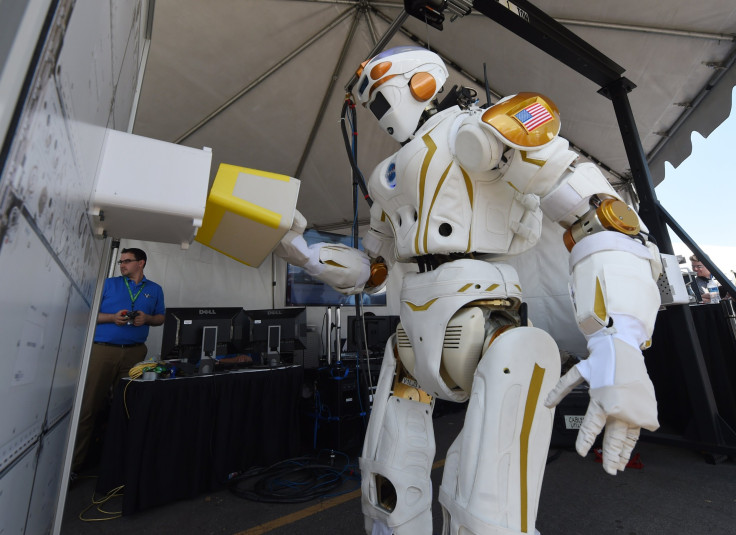NASA Mars Mission: Another Small Step For Man May Be A Giant Leap For Robotkind

Mars, despite our unending fascination with it, is an extremely inhospitable planet, at least insofar as humans are concerned. Its heavily irradiated surface, coupled with the wide fluctuations between day and night temperatures, would kill any human who lands on it in a matter of minutes -- a challenge NASA is well aware of.
Humans have, since the 1970s, sent several robotic probes to traverse the surface of Mars, and a couple of these, including NASA’s Curiosity rover, are still actively exploring the planet. Now, the next logical step in our journey to Mars is to send humanoid robots that can help or even take the place of astronauts who might one day be sent to the red planet or other extreme space environments.
“Advances in robotics, including human-robotic collaboration, are critical to developing the capabilities required for our journey to Mars,” Steve Jurczyk, associate administrator for the Space Technology Mission Directorate (STMD) at NASA Headquarters in Washington, said in a statement released Tuesday, when the space agency announced that two university research groups will receive a humanoid robot to test and develop for future space missions to Mars and beyond.
Teams at the Massachusetts Institute of Technology (MIT) and Northeastern University were, on Tuesday, awarded prototypes of NASA’s R5 humanoid robot -- also known as “Valkyrie” -- for advanced research and development work. The 6-foot, 290-pound bipedal R5 was originally designed by NASA to assist in disaster relief operations.
The two universities, chosen through a competitive process from among the groups that participated in the Defense Advanced Research Projects Agency (DARPA) Robotics Challenge earlier this year, will also receive as much as $250,000 a year for two years, and technical support from NASA, the space agency said, in the statement.
NASA aims to send humans to Mars sometime in the 2030s, where they would, if all goes according to the space agency’s ambitious plans, live and work in “Earth independent” habitats.
© Copyright IBTimes 2024. All rights reserved.





















